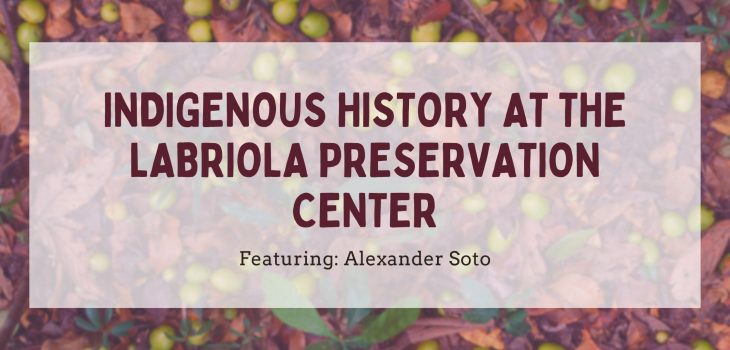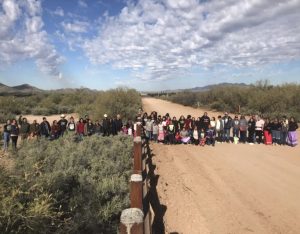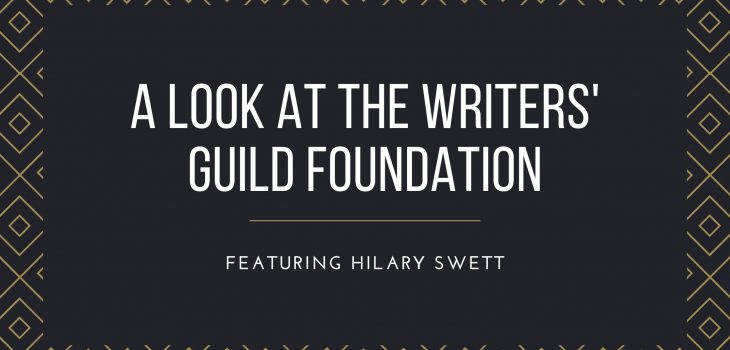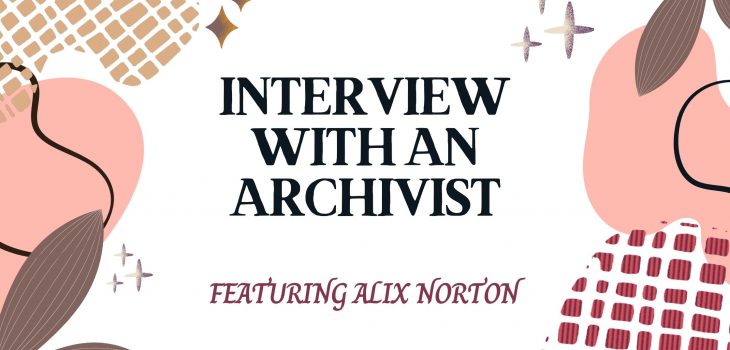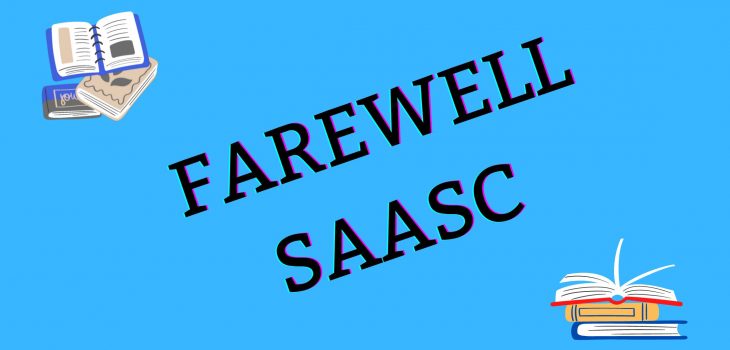
Farewell SAASC!
Author: Sereen Suleiman
Time flies by so fast! It seems like only yesterday I assumed the role of SAASC Blog Editor. Now here I am writing my final blog contribution to SAASC. It was an honor and a privilege to be the blog editor for the year and having the responsibility to cover all the major guest speaker events we hosted. Shout out to vice chair Jenny Galipo for doing an exceptional job in recruiting speakers! To hear from the likes of Jennifer Thompson from the J. Paul Getty Museum and Cyndi Shein from the University of Nevada, Las Vegas, Libraries, to Craig Simpson from SJSU’s Civil Rights Special Collections and Alex Soto from the Labriola National American Indian Data Center, having the opportunity to be a part of the SAASC team was an insightful and incredible experience.
As my final words, I would like to say that being the blog editor not only improved my writing skills, but also my leadership skills. Since I had the sole responsibility of publishing the blogs in a timely manner, it was crucial for me to communicate with my fellow SAASC board members should there be any changes or developments. In doing so, though, we formed close ties with one another, which makes it all the more heartbreaking that this is our final month together.
And now, I come to my thank you’s. Thank you to Barbara Alvarado Gonzalez for being an awesome chair and leading the team with poise and confidence. Thank you to Jenny for networking with all the guest speakers. Thank you to Robin Seefeldt for being an exceptional webmaster. Thank you to Rachael Sevilla for hosting the scavenger hunt and transcription events. Thank you to Diana Haney for archiving all our event recordings. Thank you to Erin Castillo for being on top of all the social media channels. Thank you to Heather Reinold for working in the social media and Archeota teams. Thank you to Kelli Roisman for managing Archeota for so many years. And finally, thank you to all our SAASC members and the iSchool student community. We could have never come so far as we did without your continuous support. On behalf of the SAASC 2021-2022 team, good luck with the rest of your spring semester and have an amazing summer break! As to the incoming 2022-2023 board, we wish you all the best of luck, and we look forward to seeing what you’ll bring to SAASC next year.
With that, here are final thoughts from the 2021-2022 SAASC team members:
“SAASC is just the beginning. I’m looking forward to seeing and meeting you all in future library endeavors and associations. Here’s to endless exploration and always challenging yourself.”
- Erin Castillo, Social Media Coordinator
“Being a part of the SAASC executive board has been an enriching and invaluable experience! A BIG thank you to my team for their hard work and dedication. Also, thank you to all the iSchool faculty and staff who helped us along the way. I look forward to crossing paths with you all in the near future.”
- Barbara Alvarado Gonzalez, Chair
“Thank you for the opportunity to be a part of the SAASC executive board; I have learned so much! It has been wonderful getting to know everyone and I can’t wait to see what the future holds for you all.”
- Diana Haney, Secretary
